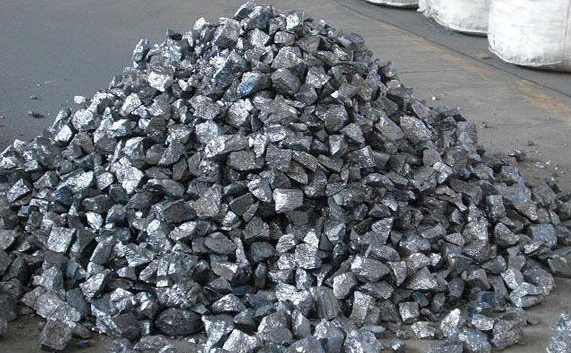
Corrosion is a diffusion-controlled process that can be strongly influenced by specific chemical conditions. The key rate-controlling factors are the availability of oxygen at the steel-concrete interface, and the mass transport resistance within the concrete binder system.
VSI analysis of corroding surface topographies at unprecedented resolution across large field-of-view reveals that moderate concentrations of Ca(NO3)2 can effectively inhibit corrosion at fast corroding pitting sites.
Galvanic Corrosion is the result of very small electric currents between dissimilar metals, or different parts of the same metal. These currents cause the more active or more anodic metal to corrode, while the less active or cathode metal remains unattacked.
To allow this process to take place, the two metals must be in contact or connected to each other with an electrolyte. This could be in the form of direct physical contact, or ionic contact through a solution such as salt water, or air humidity.
Published tables or graphs of the galvanic series may show stainless steel and some alloys as being passive in one position, while other metals – such as zinc – are active in another position. The difference in the activity of the metals reflects their ability to attract and lose electrons. This is also the reason that some metals – such as copper – will tend to corrode more rapidly than others, even when their overall galvanic potential is the same.
The corrosion of metals is a chemical reaction that occurs when metals lose electrons to the surrounding environment. These electrons are accepted by the environment in the form of water or oxygen.
Electrochemical corrosion is the most widespread of all forms of degradation. It corrodes oil pipelines, bridges, and buildings, causes electrical failures, contributes to the degradation of medical implants and even damages works of art.
Galvanic Corrosion occurs when dissimilar metals couple together in an electrolyte to form a corrosion cell. The cells tend to have the anodic metal corroding away in preference to the cathodic metal. These types of cells are often found in crevices where the unprotected surface has limited access to the surrounding environment which may contain damaging corrosion species. The potential differences between the two metals are determined by plotting the electrode potential "E" against the logarithm of the current density "i" and extrapolating to a straight line (see the figure below). These curves are called Tafel plots.
The chemical passivation process is a cleaning and treatment that enhances stainless steel corrosion resistance. It removes a layer of iron from the surface of the metal and forms a passive oxide layer that protects it from corrosion.
The passive film is a thin layer of very stable chromium atoms, only a few atomic layers thick, that bond with oxygen to create a chemically inert surface. This layer prevents the more reactive iron atoms below from reacting with each other or with the water or oxygen in the environment to corrode or rust the steel.
The passivation process, also known as pickling or acid dip, is a critical step in the manufacturing of stainless steel parts because it restores the corrosion resistance of the part. The success of this process is dependent on the type and recipe of the acid mixture, bath temperature and length of the dip. The result is a high level of corrosion resistance that can withstand harsh environments, including salt spray and humidity.

The ability of an alloy to resist high temperature corrosion is important for numerous commercial processes such as electric power generation, aerospace, gas turbines, and mineral and metallurgical processing. The degradation resistance of many high-temperature alloys is determined by the ability to form a protective oxide scale in the corrosive environment.
Corrosion occurs when metal surfaces interact with the surrounding medium resulting in the formation of oxide, sulfide or carbide reaction products. The chemistry of this interaction is driven by both thermodynamics and kinetics. A balance between these two forces is necessary for a metal to maintain its integrity.
The oxide scale on many high-temperature alloys is passivated by a thin, corrosion product film. This film is chemically different from the underlying metal and has a microstructure that is incommensurate with that of the oxidation layer. Passivation provides protection from further oxidation at high temperatures, but it can be disrupted under certain operating conditions. The resulting damage can result in a number of detrimental forms of corrosion such as pitting, crevice corrosion or metal dusting.

Write a Message